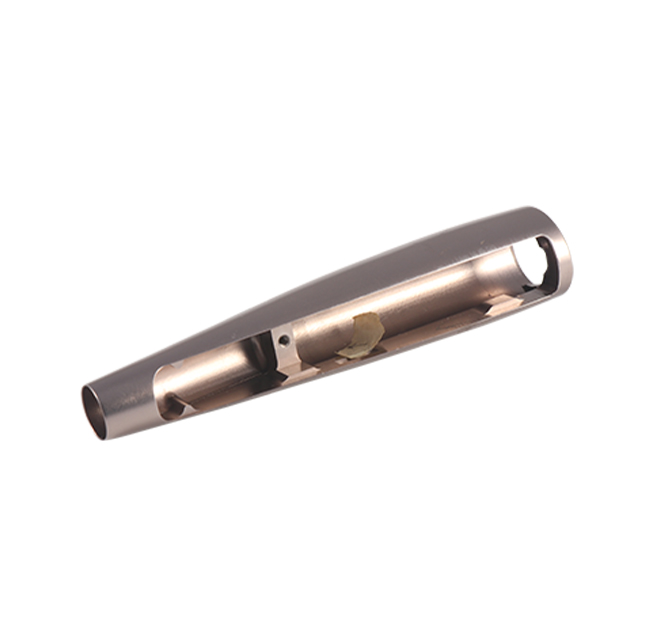Time:2025-06-19 Views:0 source:CNC Machining customization source:CNC Machining news

The integration of stamping parts processing and 3D printing technologies offers new possibilities for manufacturing, combining the advantages of both methods to create more innovative and efficient solutions.
Stamping is a high - volume, cost - effective manufacturing process suitable for producing large quantities of identical parts with high precision. It is ideal for parts that require high strength and durability, such as automotive body panels and structural components. On the other hand, 3D printing, also known as additive manufacturing, allows for the creation of complex geometries and customized parts with great flexibility. It is well - suited for rapid prototyping, small - batch production, and parts with intricate internal structures.
One way these two technologies can be integrated is in the prototyping stage. 3D printing can be used to quickly produce prototypes of stamping parts for design verification and functional testing. Instead of investing significant time and cost in creating stamping dies for initial prototypes, 3D printing enables designers to iterate the part design rapidly based on test results. Once the design is finalized, stamping can be used for mass production to achieve cost - efficiency and high - volume output.
Another area of integration is in the production of hybrid parts. Some parts may require the combination of the strength and cost - effectiveness of stamping with the complex geometries achievable by 3D printing. For example, in the aerospace industry, a part may have a basic structural frame produced by stamping for strength and cost - reasons, while certain functional features or lightweighting structures are added through 3D printing. This hybrid approach can optimize the performance and weight of the part while reducing production costs.
Furthermore, 3D printing can be used to manufacture stamping dies and tooling. Traditional die - making processes can be time - consuming and expensive, especially for complex dies. 3D printing allows for the production of customized dies with reduced lead times and costs. It can also enable the creation of dies with internal cooling channels or optimized geometries, improving the performance of the stamping process and the quality of the final parts. As both stamping and 3D printing technologies continue to advance, their integrated application is expected to open up new frontiers in manufacturing innovation.
Read recommendations:
Sealing ring Precision electronic parts
Housing components for recessed downlights Precision electronic parts
Oval Magnetic Hardware Precision electronic parts
CNC Machining Dimension Accuracy
CNC processing factory - Meeting customers' strict requirements for precision